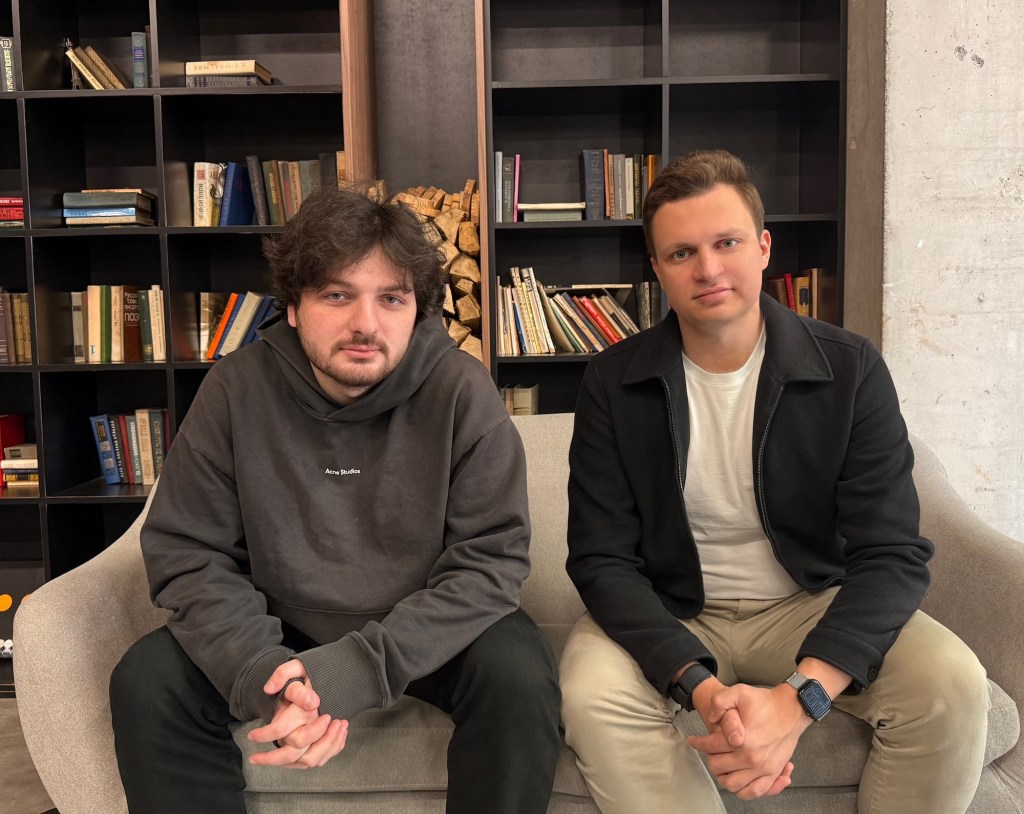When Levan Kvirkvelia and Daniel Dhawan launched Rork, they were nearly out of money, deep in credit card debt, and one pivot away from giving up. The duo had been bootstrapping their way through a rough startup landscape, sleeping on borrowed mattresses and coding through holidays—until a single tweet flipped everything.
Today, Rork is one of the fastest-growing no-code mobile app builders on the market, backed by a $2.8 million seed round led by Andreessen Horowitz’s Speedrun program. It’s a story of resilience, viral momentum, and the undeniable pull of a bold idea executed at the right moment.
What is Rork? In short, it’s a tool that lets users build native mobile apps by describing them in plain text—no code needed. The app struck a nerve with non-technical creatives and founders eager to bring their ideas to life without hiring a dev team. When they launched on February 12, they were virtually unknown. But a well-timed tweet by angel investor Matt Shumer changed that trajectory overnight.
Shumer, who had previously invested in Rork after using it, posted a bold comparison: Rork “blows Bolt out of the water.” He included a demo video showing how effortless app creation had become. The post caught fire—over 1 million views within hours. But virality alone doesn’t pay the bills.
Behind the scenes, the co-founders had maxed out their credit cards, funding expensive AI backend services out of their own pockets. Then, 15 minutes after the tweet, Austen Allred wired $100,000. By the end of the day, they’d raised $350,000. Within days, warm intros turned into firm commitments, and Rork’s cap table filled up with notable names: Hustle Fund’s Elizabeth Yin, ChapterOne, Founders Inc., Expo’s Evan Bacon and Charlie Cheever, and Runway’s Siqi Chen, among others.
Despite the seemingly “overnight” success, Rork was a product of years of trial and error. Both founders had created successful mobile apps in their teens. But their earlier attempts to build a tool similar to Cursor—focused on web code generation—fizzled when a competitor launched first. Their solution? Pivot quickly. Build for mobile, where no one had nailed AI-assisted coding yet.
This insight paid off. Rork positioned itself as “Lovable for mobile,” solving a far harder problem than web app creation. When rival startup Bolt entered the scene, the founders launched Rork the same day—and beat them to viral relevance.
The wave of attention landed Rork a spot in a16z’s Speedrun program, led by general partner Andrew Chen. In addition to seed capital, the program offers $5M in partner credits from tech giants like OpenAI, Stripe, and Microsoft. That strategic edge is helping Rork scale fast—and profitably.
Two months after that fateful tweet, Rork hit $550,000 in annual recurring revenue. And for Dhawan, that means more than just validation—it means no longer crashing on a friend’s floor.
Their story is a reminder that in today’s fast-moving startup world, one good idea, at the right time, can unlock everything. But only if you’ve done the hard work first.


